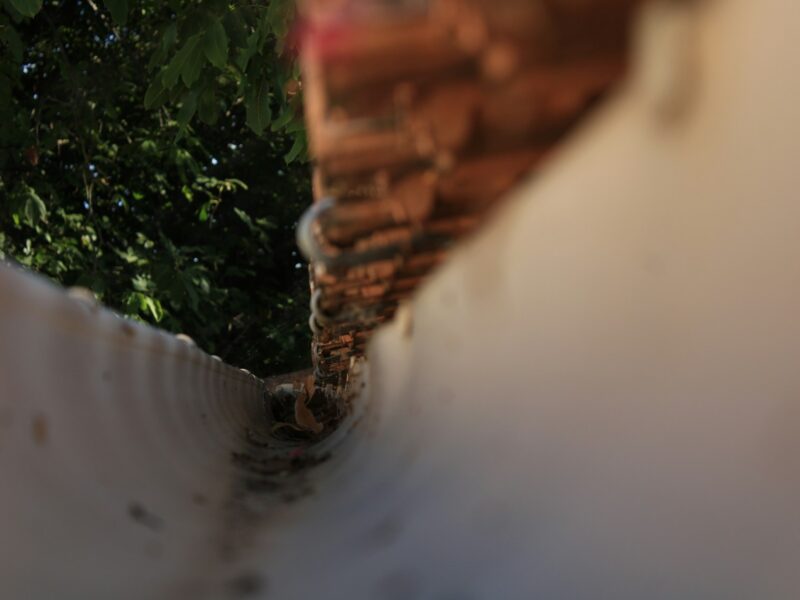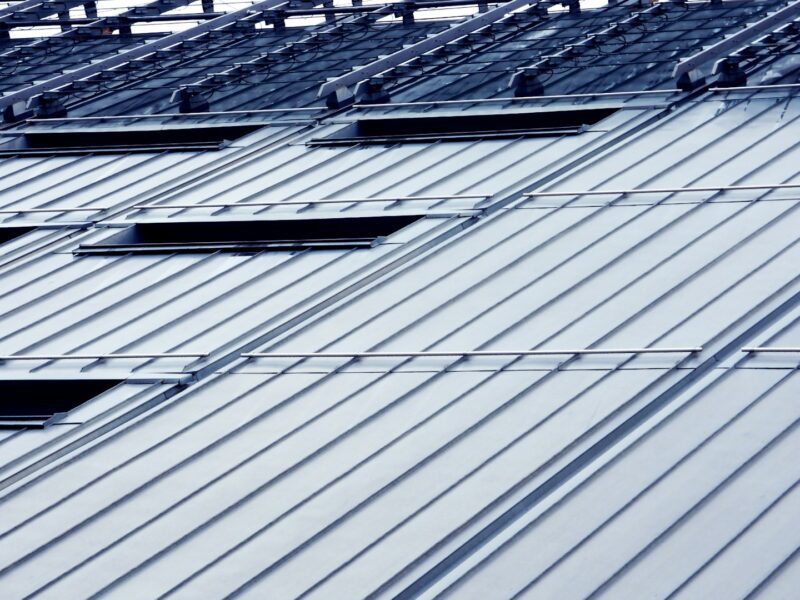Today we want to touch on two dangers to health within the home that require testing or inspections to confirm. Those being: Asbestos and Radon. Asbestos is a dangerous and cancer-causing mineral in older homes, schools and workplaces. When disturbed, it can present a danger and release tiny fibers into the air. Radon is an odorless, colorless gas that can cause lung cancer in those exposed for long periods. It can sneak into homes through crawl spaces, basements and brick walls. Both harmful, both worth testing for. But what does that mean, and who does it?
Contents
Tests
Asbestos is a dangerous substance found in buildings and homes built before 1980. Exposure to the fibers leads to lung cancer and other health problems, including mesothelioma. Asbestos abatement involves identifying, removing, repairing, and encapsulating asbestos materials to eliminate exposure.
Regular radon testing is also recommended for homes. Radon is a gas that enters a home through foundation cracks or well water. It is colorless, odorless, and tasteless because it results from the decay of uranium in soil and rocks. Radon exposure, which is thought to be the second most common cause of lung cancer in the United States and accounts for roughly 21,000 annual deaths, can raise the risk of developing the disease.
If your home’s radon level is high, it should be reduced by a qualified radon mitigation contractor like Valley Restoration. There are a few different methods for testing, including short-term tests that use charcoal canisters and long-term testing that uses continuous scintillation cell radon monitors. The EPA suggests using the longer test to measure your home’s year-round average radon level accurately.
Inspections
Inspectors are trained to go over every inch of a structure during a home inspection. That includes crawl spaces and other areas often out of sight and mind. Likewise, they are qualified to test for asbestos and radon.
Asbestos is a combination of minerals that once were used for insulation and other building materials. Although its use has been discontinued, asbestos is a known carcinogen that can cause lung problems, especially when exposed over long periods. Its harmful effects are soon obvious. Inhaling microscopic asbestos fibers can lead to chronic breathing issues, such as mesothelioma and other respiratory conditions.
The naturally occurring gas radon can accumulate in harmful amounts in homes and buildings. It has no taste or odor, but long-term exposure can result in lung cancer. Radon enters houses through foundation cracks and can also seep into well water.
Asbestos in good condition rarely presents a problem, but it’s best to leave anything suspect alone and consult an asbestos professional for testing or removal. If any asbestos-containing material is damaged, it can release airborne fibers that can be inhaled. It’s important to check for asbestos-containing materials during renovations or repairs and hire a certified RDS inspector for sampling and testing.
Who can help?
If asbestos is found, an experienced inspector will give you a plan on how to proceed and will make sure the tests are done correctly. The experts will also quantify the asbestos and test its contents to determine its safety. This is done by a lab that is certified to do this. This ensures that the rules are followed, and the results are fair and accurate. We gave an example above of a good restoration company than can address these issues, but there’s only a very small chance they’re in your service area. Search for asbestos abatement or radon testing near me, and the results should be exactly what you’re looking for.
As mentioned, asbestos contains thin fibers that can cause serious health problems if inhaled. This includes mesothelioma and lung cancer. It was used in building materials before 1978, and most homes built before that time have it in some form. It can be in ceiling tiles, shingles, floor and roofing materials, and pipe insulation. It is not harmful if in good condition but can become dangerous if damaged or disturbed.
Radon is created when uranium breaks down naturally in soil, rock, and water. You can’t taste it, you can’t smell it, so it’s a rather ‘silent’ danger. Silent or not, it can accumulate in structures at high concentrations, endangering the health of residents. It is the second most common cause of lung cancer in the United States and is present in every home. Homes are particularly dangerous because radon is sucked in there since the air pressure is frequently lower inside than outside.



